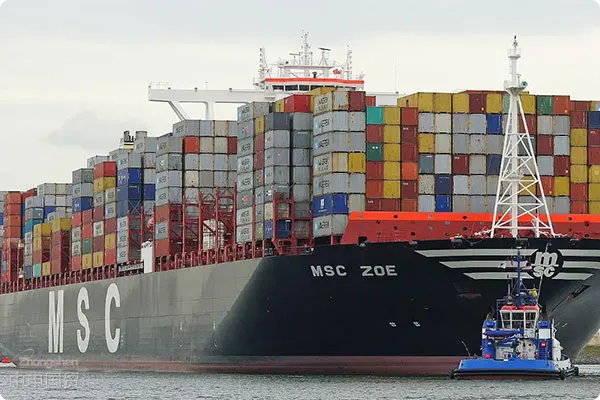- Shanghai Zhongshen International Trade Co., Ltd. - Two decades of trade agency expertise.
- Service Hotline: 139 1787 2118
Export ClearanceIt is a crucial aspect of international trade, and accurate declaration is essential to ensure smooth customs clearance. When dealing with a single product with multiple specifications, how to declare exports—including whether to list all specifications in detail—is a common challenge for exporters. This section will provide a detailed analysis of this issue, offering basic guidelines and recommendations.

I. Export declaration for multi-specification goods
Unified or separate declaration
For goods with different specifications (e.g., size, capacity) but belonging to the same style, you can choose to declare them uniformly or separately by specification. The choice depends on several factors:
(a) Specific customs requirements:Customs authorities in different countries and regions may have varying requirements for goods declaration. Some may require detailed declarations for each specification, while others may allow unified declarations for the same product with different specifications.
(b) Invoice issuance method for the goods:The commercial invoice submitted during export declaration should be consistent with the value-added tax invoice (FP). If the financial invoice is issued uniformly for the product category, a unified declaration can be chosen for customs. Conversely, if the invoice is issued separately for different specifications, a separate declaration by specification is required.
Range declaration
For goods that differ only in size, such as cups with varying capacities (e.g., 500ML–1500ML), a range declaration can be considered, where the capacity range of the product specification is indicated on the customs declaration form. This method applies to products with identical basic attributes but differing only in specifications (e.g., size, capacity).
II. Shipping marks and packing lists
Shipping marks
For goods with different specifications, shipping marks typically need to indicate the net weight, gross weight, and volume for each specification. This is because packaging dimensions and weights may vary by specification, and accurate packaging information is crucial for cargo transportation and customs clearance.
Packing list
The packing list should detail the contents of each package, including the quantity, net weight, and gross weight for each specification. If a unified declaration is chosen, the packing list must still list the relevant information for each specification based on the actual packaging. This helps customs verify the goods and ensures the accuracy of the declaration information.
III. Conclusions and suggestions
(1) Verify customs requirements:Before deciding whether to declare goods under a unified or separate declaration, it is first necessary to understand the specific requirements of the destination customs and confirm consistency with the financial invoice.
(2) Maintain document consistency:Ensure that all export documents (including commercial invoices, packing lists, etc.) contain consistent information to avoid customs delays caused by mismatched details.
(3) Accurately complete packaging marks and packing lists:Regardless of the declaration method chosen, packaging marks and packing lists should accurately reflect the actual condition of the goods, including information about products of different specifications.
Proper handling of export declarations for multi-specification goods not only ensures smooth customs clearance but also avoids potential delays and additional costs. Therefore, adopting appropriate declaration strategies and preparing thorough export documentation is extremely important for exporters.
Related Recommendations
? 2025. All Rights Reserved. 滬ICP備2023007705號(hào)-2  PSB Record: Shanghai No.31011502009912
PSB Record: Shanghai No.31011502009912










